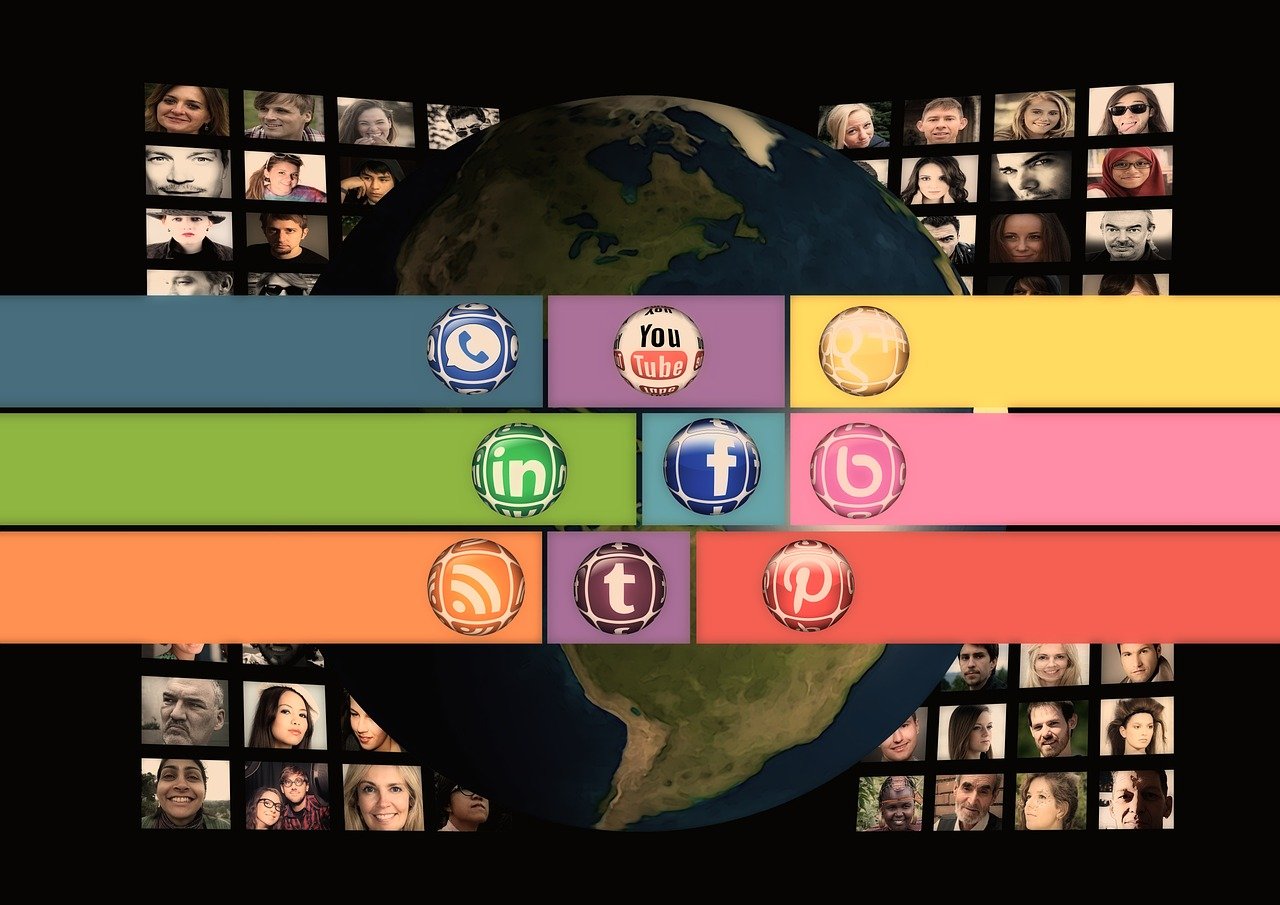
The Evolution of Mobile Gaming: What’s New and What’s Next?
Mobile gaming has come a long way from its humble beginnings. What started as simple pixelated games like “Snake” on early mobile phones has transformed into a multi-billion dollar industry that now rivals traditional gaming platforms. With rapid advancements in technology and increasing accessibility, mobile gaming is continuously evolving, offering players more immersive and interactive experiences. This post explores the evolution of mobile gaming, the current trends, and what the future holds for this dynamic industry.
The Early Days of Mobile Gaming
The roots of mobile gaming can be traced back to the late 1990s with the introduction of games like “Tetris” and “Snake” on devices such as the Nokia 6110. These games were simplistic in design but paved the way for mobile gaming by demonstrating the potential of handheld entertainment. As mobile technology advanced, so did the complexity and variety of games. The introduction of color screens and improved processing power in the early 2000s led to more sophisticated games, setting the stage for the mobile gaming explosion.
The Rise of Smartphones and App Stores
The launch of the iPhone in 2007 and subsequent introduction of the App Store in 2008 were pivotal moments in mobile gaming history. These developments provided a new platform for developers to create and distribute games, resulting in a surge of creativity and innovation. Games such as “Angry Birds” and “Fruit Ninja” captured the public’s imagination, demonstrating the potential of touch screen interfaces and accelerometers in gaming.
Smartphones equipped with powerful processors, vibrant displays, and intuitive touch controls allowed developers to create more immersive and graphically rich games. The Android platform soon followed suit with its Google Play Store, further expanding the market and making mobile gaming accessible to a broader audience.

Freemium Model and In-App Purchases
One of the most significant shifts in mobile gaming was the adoption of the freemium model. This approach allows users to download games for free with the option to make in-app purchases for additional features, levels, or cosmetic items. Popularized by games like “Clash of Clans” and “Candy Crush Saga,” the freemium model has become a dominant force, generating significant revenue for developers and publishers.
This model capitalizes on user engagement and retention, with developers continually updating their games with new content to keep players coming back. According to Statista, mobile games revenue worldwide is projected to reach over $100 billion by 2023, largely driven by in-app purchases and microtransactions.
Technological Advancements and Mobile Gaming
Technological advancements have been a driving force in the evolution of mobile gaming. The introduction of 4G and now 5G networks has significantly improved the speed and reliability of mobile internet connections, enabling seamless online multiplayer experiences. This has made it possible for players to engage in real-time battles and cooperative gameplay without the lag issues that plagued earlier mobile games.
The development of cloud gaming services, such as Google’s Stadia and Microsoft’s xCloud, is also shaping the future of mobile gaming. These platforms allow users to stream high-quality games directly to their devices without the need for expensive hardware. This not only democratizes access to gaming but also enables developers to create more complex and graphically intensive games for mobile platforms.
Augmented Reality (AR) and Virtual Reality (VR) in Mobile Gaming

AR and VR technologies are transforming the way players interact with mobile games. AR games like “Pokémon GO” have demonstrated the potential of blending digital and physical worlds, offering players an innovative and engaging experience. By using a device’s camera and GPS, AR games create a layer of interactivity that was not possible in traditional gaming.
According to TechRadar, the AR market is expected to grow significantly in the coming years, with mobile gaming being a substantial contributor. Similarly, while VR adoption in mobile gaming has been slower, advancements in VR hardware and software are expected to drive future growth, offering players immersive environments previously limited to high-end gaming PCs and consoles.
Esports and Mobile Gaming
Esports has rapidly become a global phenomenon, and mobile gaming is beginning to make its mark in this arena. Games like “PUBG Mobile” and “Garena Free Fire” have established themselves as popular esports titles, attracting millions of viewers and offering substantial prize pools in competitive tournaments.
The accessibility of mobile gaming makes it an ideal platform for esports, allowing anyone with a smartphone to participate. As the competitive gaming scene continues to grow, mobile esports is expected to play an increasingly important role, with more developers designing games specifically for competitive play.
What’s Next for Mobile Gaming?
The future of mobile gaming looks promising, with several exciting developments on the horizon. Artificial intelligence (AI) is expected to play a significant role in creating more responsive and intelligent game environments, enhancing player interaction and engagement. AI-driven analytics will also allow developers to better understand player behavior and preferences, leading to more personalized gaming experiences.

Additionally, the integration of blockchain technology in mobile gaming is gaining attention. Blockchain can provide secure and transparent transactions, enabling new monetization models and digital asset ownership. Coindesk explains how blockchain’s decentralized nature can transform in-game economies, offering players true ownership of digital assets and fostering secondary markets for virtual goods.
Takeaways
The evolution of mobile gaming has been nothing short of remarkable, transforming from simple time-killers to complex, engaging experiences that rival traditional gaming platforms. With advancements in technology, innovative business models, and a growing global audience, mobile gaming continues to push the boundaries of what’s possible. As we look to the future, the integration of technologies such as AR, VR, AI, and blockchain promises to further revolutionize the industry, offering players even more immersive and personalized experiences. The world of mobile gaming is ever-changing, and the next wave of innovations is sure to bring exciting new opportunities for both players and developers alike.
Social Interaction and Community Building
One of the most compelling aspects of modern mobile gaming is its capacity to foster social interactions and build communities. Gaming is no longer a solitary activity; mobile games often incorporate features such as chat functions, multiplayer modes, and social media integration to create a more connected experience. Players can join clans, participate in guilds, and compete in global leaderboards, providing a sense of camaraderie and competition.
Community-driven events and live streaming platforms like Twitch have further enhanced the social aspect of mobile gaming. Gamers can share their experiences, watch live gameplay, and engage with a global audience. This has led to the rise of “gaming influencers,” who often have substantial followings and can impact game popularity and trends.

Hyper-Casual Games and Accessibility
Hyper-casual games have taken the mobile gaming world by storm. These games are characterized by their simple mechanics and quick gameplay sessions, making them accessible to a broad audience. The ease of play and minimal time commitment are appealing to casual gamers, contributing to their widespread popularity.
Examples of successful hyper-casual games include titles like “Flappy Bird” and “Crossy Road.” These games often rely on ad-based monetization, which allows developers to generate revenue without charging players upfront. The simplicity of hyper-casual games makes them an ideal entry point for new gamers, further expanding the mobile gaming audience.
Mobile Gaming and Education
Beyond entertainment, mobile gaming is increasingly being used as a tool for education and skill development. Educational games can make learning more engaging by incorporating game mechanics that motivate and reward players. This approach is particularly effective for younger audiences, who may benefit from interactive learning experiences.
Games like “Duolingo” and “Khan Academy Kids” exemplify how mobile platforms can support educational goals. These applications use game elements to teach language skills, math, and other subjects, making education more accessible and enjoyable. As educational technology continues to evolve, mobile gaming is likely to play an essential role in shaping future learning environments.
Cross-Platform Play and Synchronization
The demand for cross-platform play has grown, with players seeking seamless gaming experiences across multiple devices. Mobile games are increasingly offering synchronization with PC and console versions, allowing players to continue their progress regardless of the platform they are using. This interoperability is enhancing the overall gaming ecosystem, providing flexibility and convenience for users.

Developers are leveraging cloud technology to enable cross-platform capabilities, ensuring that player progress, achievements, and in-game purchases are consistently updated across devices. This trend is expected to continue as mobile and traditional gaming platforms become more integrated, offering players a unified experience.
Environmental Themes and Social Impact
In recent years, there has been a noticeable shift towards including environmental and social themes in mobile games. Developers are using their platforms to raise awareness and educate players on important issues such as climate change, wildlife conservation, and social justice. Games like “iBiome” and “Save the Amazon” engage players in meaningful gameplay while highlighting critical global challenges.
By incorporating these themes, mobile games can inspire action and foster a greater understanding of the world’s pressing issues. This trend indicates a growing recognition of the potential for games to contribute to social change and promote positive values.
Takeaways
Mobile gaming has undergone a dramatic transformation, evolving from simple time-passers to one of the most innovative and diverse sectors in the entertainment industry. The continuing advancements in technology, monetization strategies, and cross-platform capabilities are reshaping how we interact with games. With the integration of social, educational, and environmental elements, mobile gaming is extending its reach and impact, offering more than just entertainment.
As we look to the future, the mobile gaming industry is set to break new ground with emerging technologies and innovative gaming experiences. Developers and players alike stand on the brink of exciting possibilities, ready to explore and redefine what mobile gaming can achieve. Whether through the lens of social connection, educational value, or environmental consciousness, mobile gaming continues to be a powerful force in shaping the future of digital interaction.






